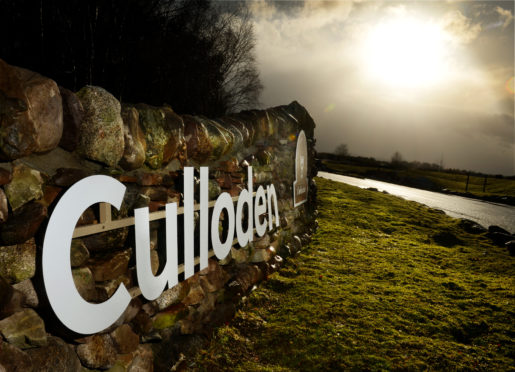
The National Trust for Scotland (NTS) is calling on politicians to support the bid for the Culloden battlefield to become a world heritage site.
Culloden, near Inverness, was the site of the final battle of the Jacobite Rising, where Charles Edward Stuart’s army was defeated by a British government force under William Augustus, Duke of Cumberland.
To coincide with the battle’s 275th anniversary, NTS has published a manifesto of policies it wants Scotland’s political parties to back – including support for making the battleground a Unesco world heritage site.
Culloden would become the seventh heritage site in Scotland if the application to Unesco is successful, joining the Antonine Wall, the Heart of Neolithic Orkney, New Lanark, the Old and New Towns of Edinburgh, St Kilda and the Forth Bridge.
NTS argues that battlefields should also be included in the upcoming National Planning Framework 4 (NPF4), granting them the same protections as other historic sites such as buildings and monuments to protect them from the threat of development.
The NTS manifesto states: “Historic battlefields are hugely important for our sense of identity. They also provide us with space to remember and inform what we know about our past.
“However, they do not enjoy the same protections as other historic sites, such as Scheduled Monuments or listed buildings.
“Enhanced protections for battlefields should be included in NPF4 to prevent development occurring which has a hugely adverse effect on the sites of historic battle, and/or the landscapes in which they are situated.”
Current protections for battlefields are weaker than those governing alterations to historic monuments or listed buildings, according to the NTS.
Raoul Curtis-Machen, operations manager at Culloden battlefield, said: “Everyone wants to protect the cultural crown jewel that is Culloden battlefield, but the existing planning mechanisms are too weak.
“We averaged more than 300,000 visitors a year pre-Covid, and we work hard keep the battlefield open and accessible 24/7.
“Yet we are frequently surrounded by planning applications for developments, and we struggle to defend against them all.
“Once development takes place on or right beside the battlefield, the fragile but powerful sense of place is shattered. Surely there is a strong, clear case for stronger legal protection for sites like this?”
Diarmid Hearns, the NTS head of public policy, added: “Historic battlefields are often extensive areas in multiple ownership, which can make them more challenging to conserve.
“We think introducing management plans for these important sites – as has been done in England and in other countries – could be the way to secure them for the future.
“In the case of Culloden, a largely intact battlefield and a turning point in Scottish history, it could also be deserving of the accolade of world heritage site status.
“This would bring additional protection and a more sustainable approach to the site’s development.”
Scotland’s world heritage sites
By Ross Crae
ST KILDA
A dual World Heritage site owned by the National Trust for Scotland, the uninhabited islands of St Kilda sit out in the Atlantic Ocean, 42 miles off Benebecula in the Western Isles.
The archipelago is home to nearly one million seabirds, including the UK’s largest colony of Atlantic puffins and a substantial part of the global population of storm petrels.
Nesting there too are species like fulmars, gannets, shags and Manx shearwaters.
The last full-time inhabitants evacuated in August 1930 after petitioning to be relocated due to the unsustainable living conditions.
ANTONINE WALL
Running across central Scotland, this marks the most northerly frontier of the Roman Empire nearly 2,000 years ago.
The wall was built for Emperor Antoninus Pius around AD 142, stretching 60km from what is now Bo’ness to Old Kilpatrick.
It was mainly made out of turf ramparts and deep ditches, alongside a number of forts.
Some of the wall survives to this day and can be visited.
HEART OF NEOLITHIC ORKNEY
The stunning landscapes of Skara Brae, Maeshowe, the Stones of Stenness and the Ring of Brodgar give incredible insights into how the people that built them lived.
The stone monuments were erected around 5,000 years ago.
The sites remaining today include domestic settlements, a tomb and stone circles.
NEW LANARK
A cotton-spinning village built in the late 18th to early 19th century on the banks of the River Clyde in Lanarkshire.
At its peak, more than 2,000 people worked there, making it one of the largest factory sites in the world.
When it was taken over by Robert Owen in the early 1800s, he improved conditions, facilities and welfare of workers, which influenced wider society.
EDINBURGH’S OLD AND NEW TOWNS
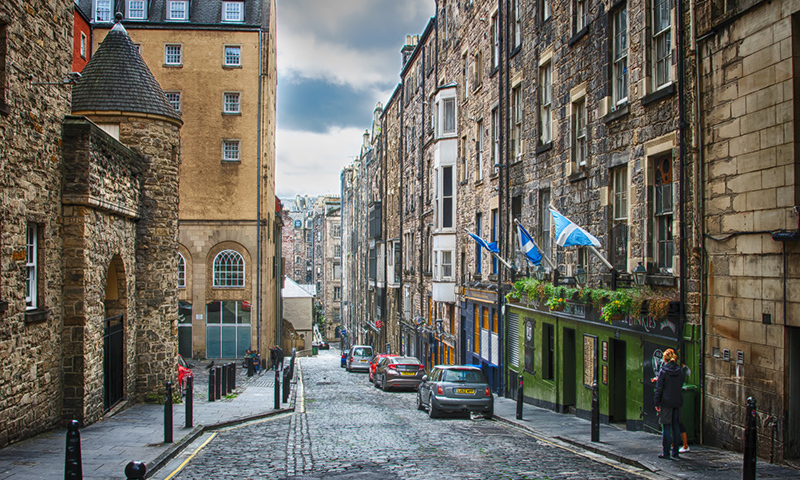
The two central parts of Scotland’s capital have contrasting and complementing characters.
More than 75% of all buildings within the World Heritage Site are listed for their architectural or historic importance.
Edinburgh’s medieval Old Town features a distinctive pattern of closes and wynds, while the New Town immortalises Georgian town planning.
THE FORTH BRIDGE
The famous railway crossing between North and South Queensferry links Edinburgh to Fife and beyond.
Completed in 1890, it was, for 27 years, the longest cantilever bridge span in the world.
An icon of industrial heritage, it still carries more than 200 trains a day.

Enjoy the convenience of having The Sunday Post delivered as a digital ePaper straight to your smartphone, tablet or computer.
Subscribe for only £5.49 a month and enjoy all the benefits of the printed paper as a digital replica.
Subscribe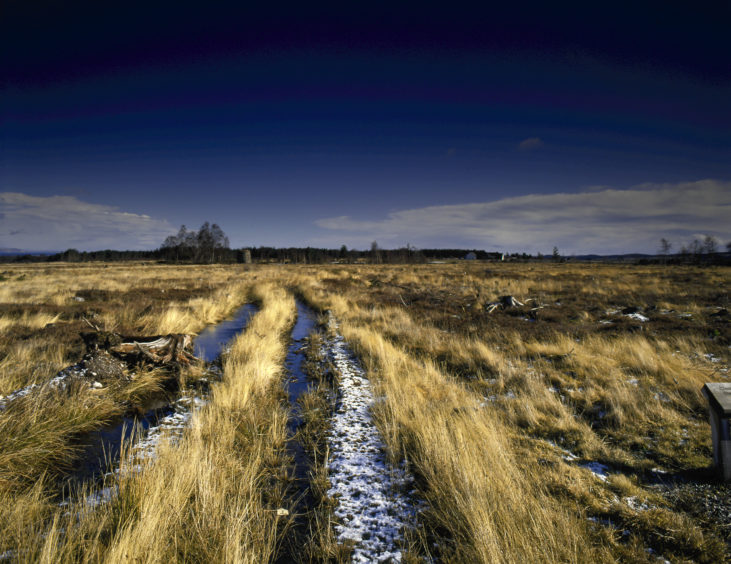 © PA
© PA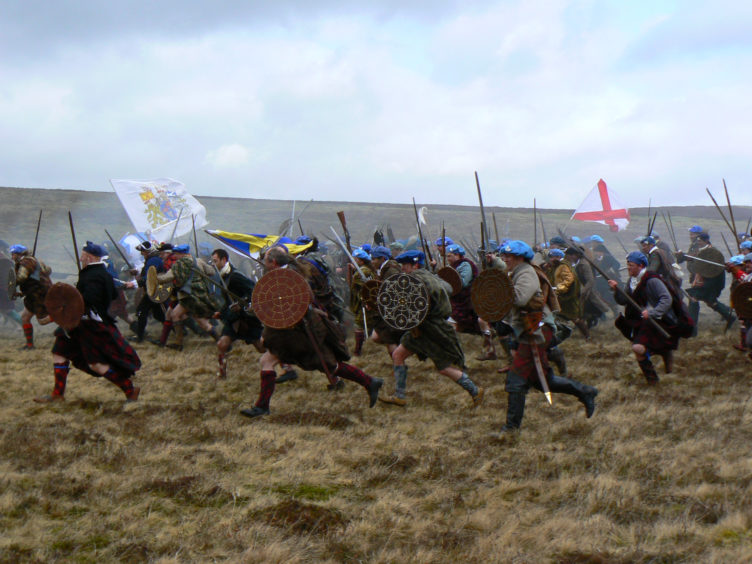 © PA
© PA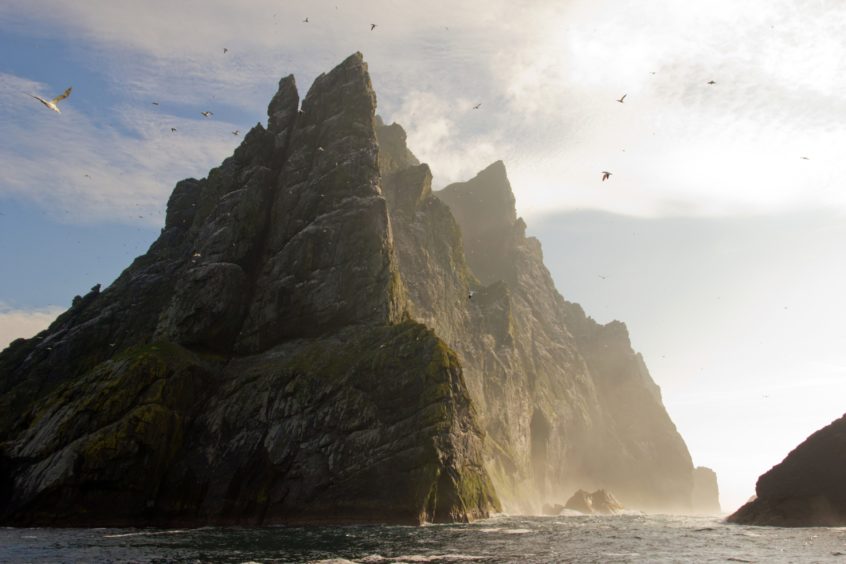 © Shutterstock / corlaffra
© Shutterstock / corlaffra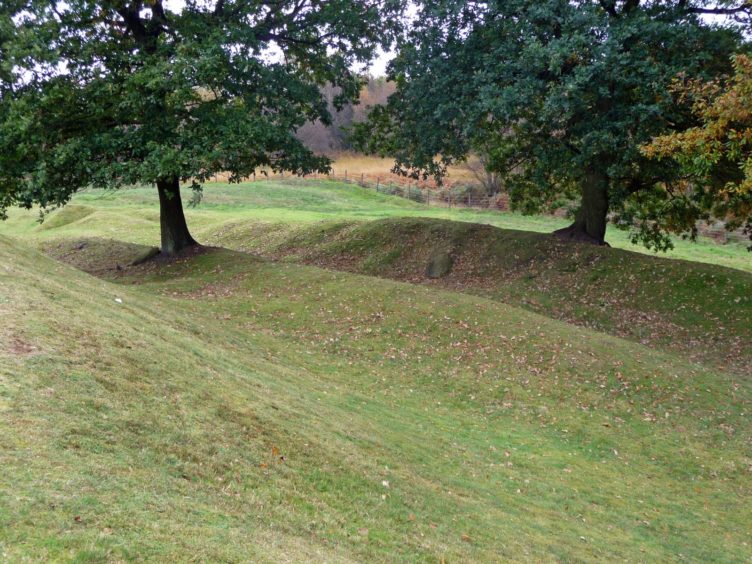
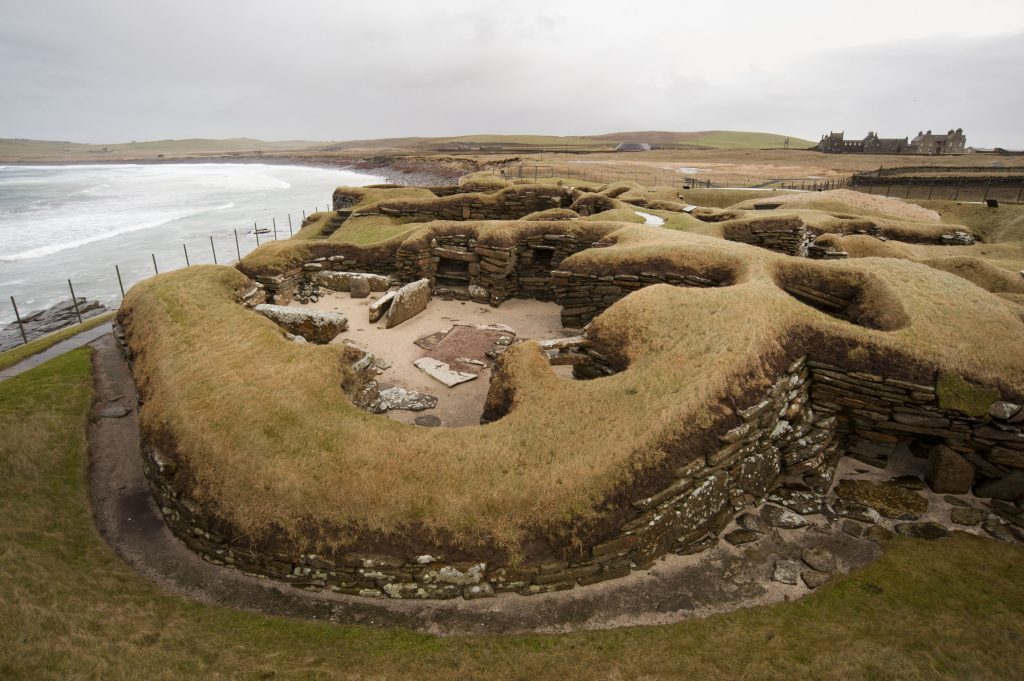 © Historic Scotland
© Historic Scotland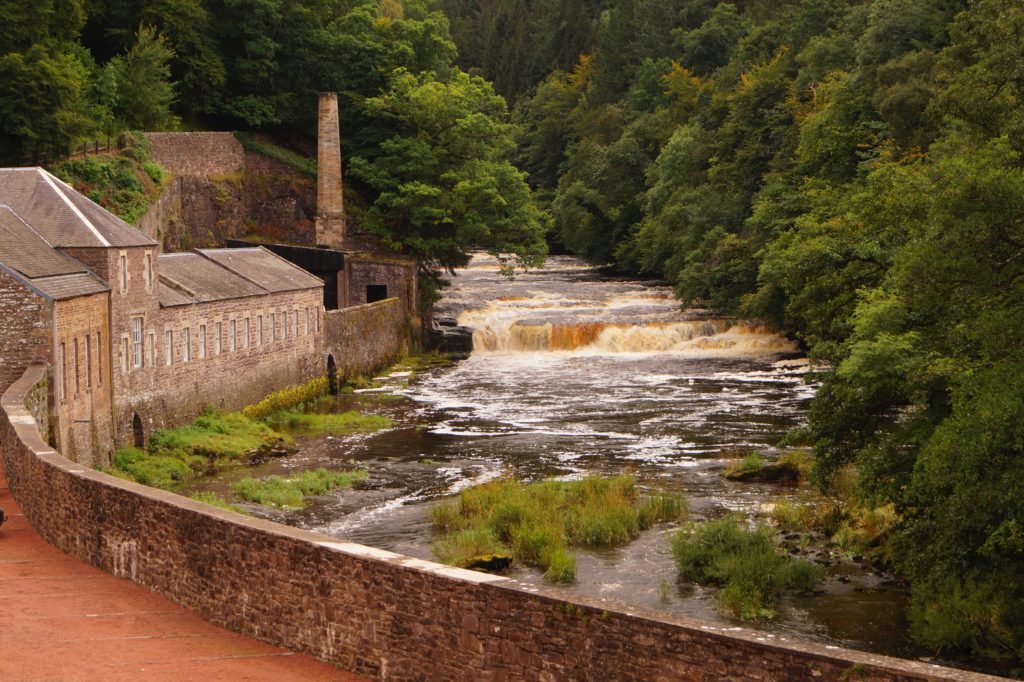 © John Ireland
© John Ireland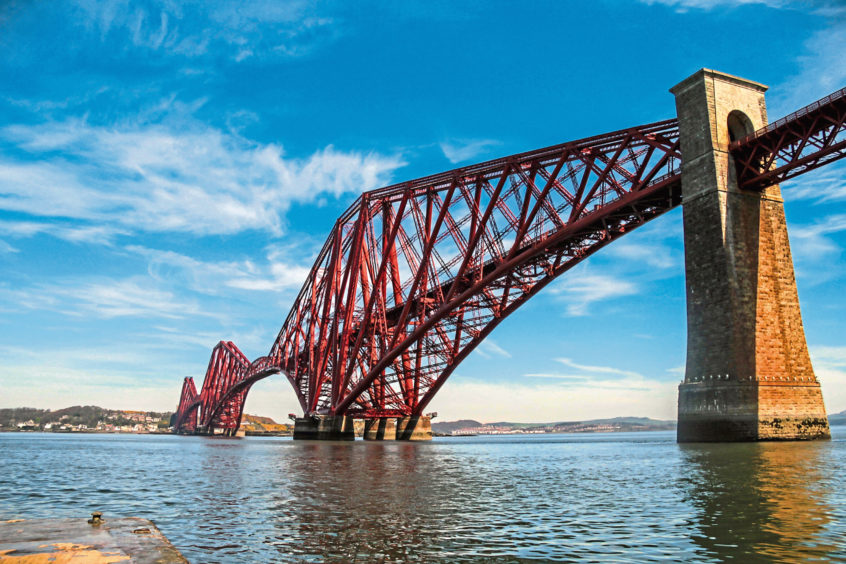 © Shutterstock
© Shutterstock